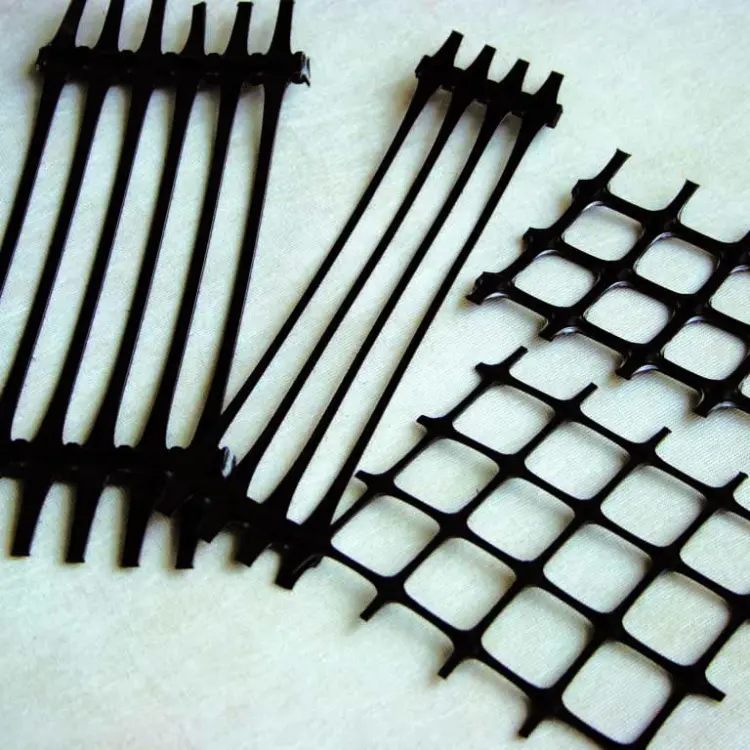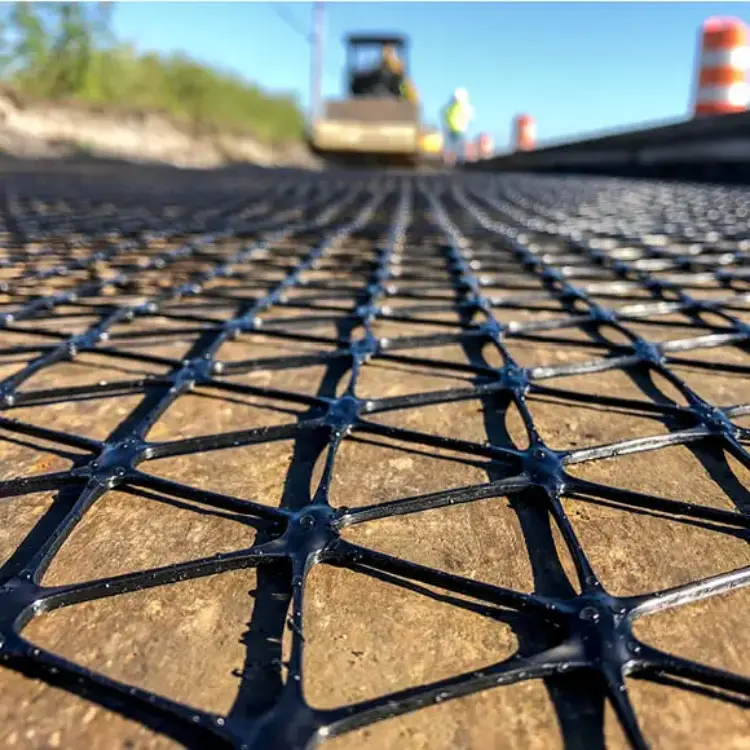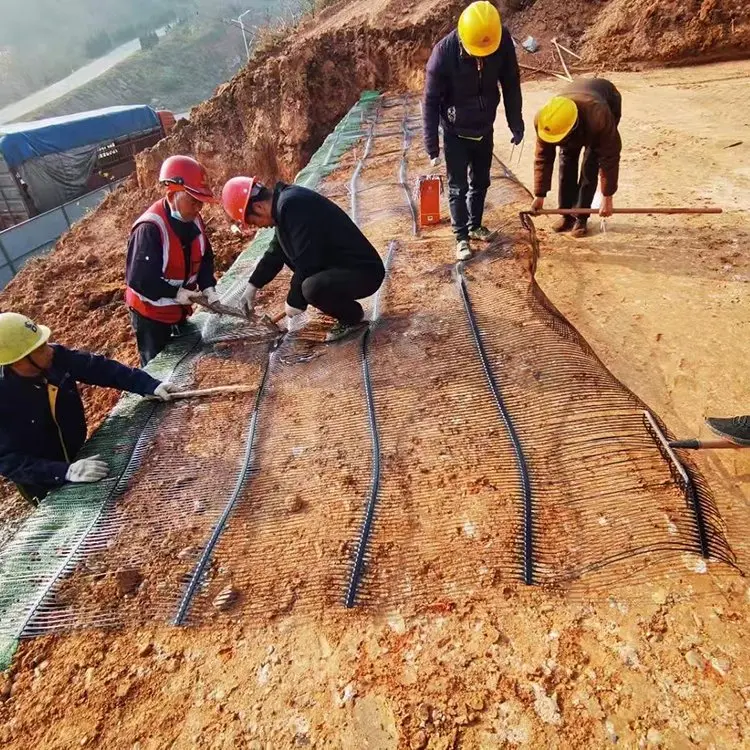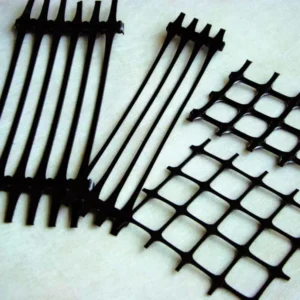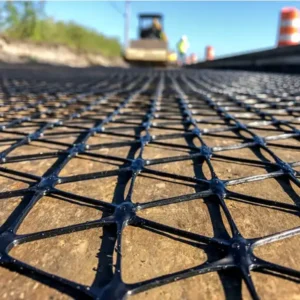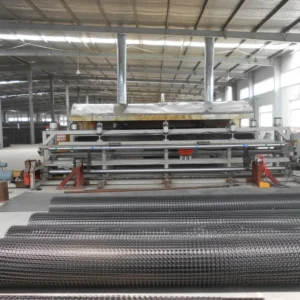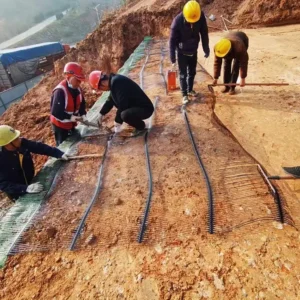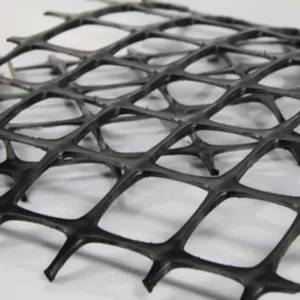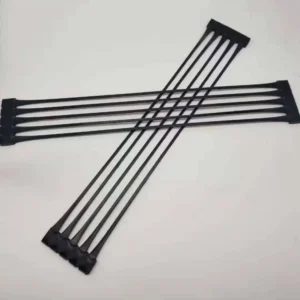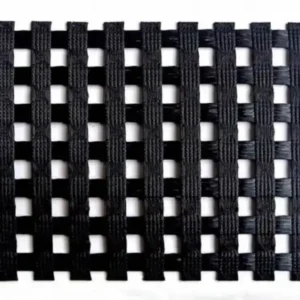Geogrid for retaining walls are polymer-based tensile reinforcement materials designed specifically for mechanically stabilized earth (MSE) retaining walls. Our biaxial and uniaxial geogrids transform ordinary soil into a structural mass through particle interlock, providing superior stability versus conventional concrete walls.
Key Technical Advantages
- Material Science
- High-density polyethylene (HDPE) or polyester (PET) construction
- UV-stabilized formulations (ASTM D4355)
- Tensile strengths from 20 kN/m to 400 kN/m (ASTM D6637)
- Performance Metrics
- Aperture sizes: 25–100 mm for optimal soil interlock
- Junction efficiency >90% (critical for load transfer)
- Creep resistance: <2% strain @ 50% ultimate load (10,000-hour tests)
- Design Flexibility
- Modular installation accommodates complex curves
- Reduces required excavation by 40% vs. concrete walls
- Compatible with all backfill materials (AASHTO M288 Class I/II)

Comparative Benefits
ParameterGeogrid WallsConcrete Cantilever WallsConstruction Speed3–5x fasterSlow formwork processesCost per m²$60–$120$200–$400+Design Life75–100 years50–75 yearsEnvironmental Impact60% lower carbon footprintHigh cement usage
Installation Protocol
- Subgrade Preparation
- Compact to 95% Standard Proctor density
- Minimum 300mm leveling layer
- Geogrid Deployment
- Unroll with machine direction perpendicular to wall face
- Maintain 1%–2% slack for soil interaction
- Connection Systems
- Proprietary polymeric connectors (500+ cycle durability)
- Metallic strips for high-load applications
Global Compliance
- ISO 10319:2015 (Wide-width tensile testing)
- EN 15381 (European harmonized standards)
- FHWA-NHI-00-043 (US federal guidelines)
Case Study: Colorado Highway Project
- 14m tall reinforced wall
- 35,000m² geogrid deployment
- 22% cost savings vs. cast-in-place concrete
- Completed 8 weeks ahead of schedule
Note: All technical data represents minimum guaranteed values from third-party certified labs.
Contact Us
Hengshui Aohong Engineering Materials Co., Ltd.
- 161# Ronghua Street, Taocheng District, Hengshui, Hebei, China.
- +86 318 5261 900
- +86-186-3287-9676 (WhatsApp)
- sales@cn-ahjt.com
